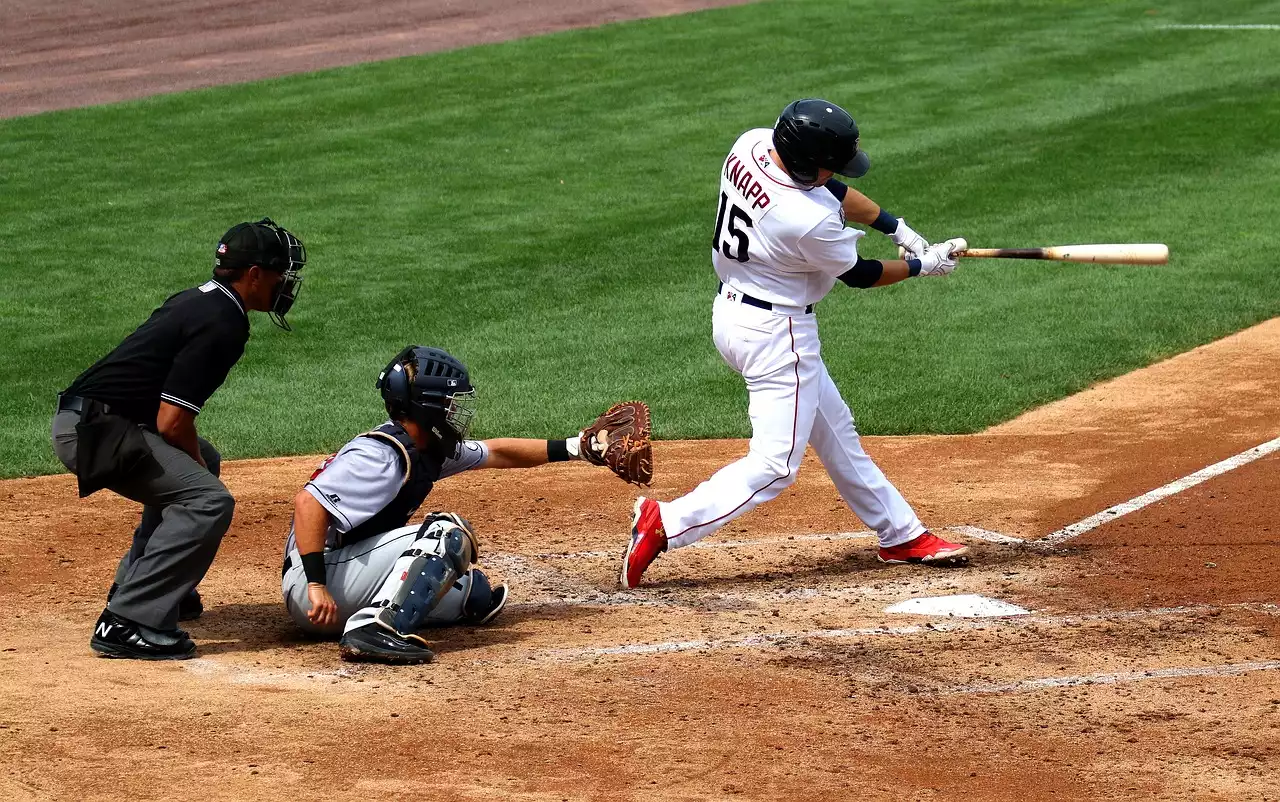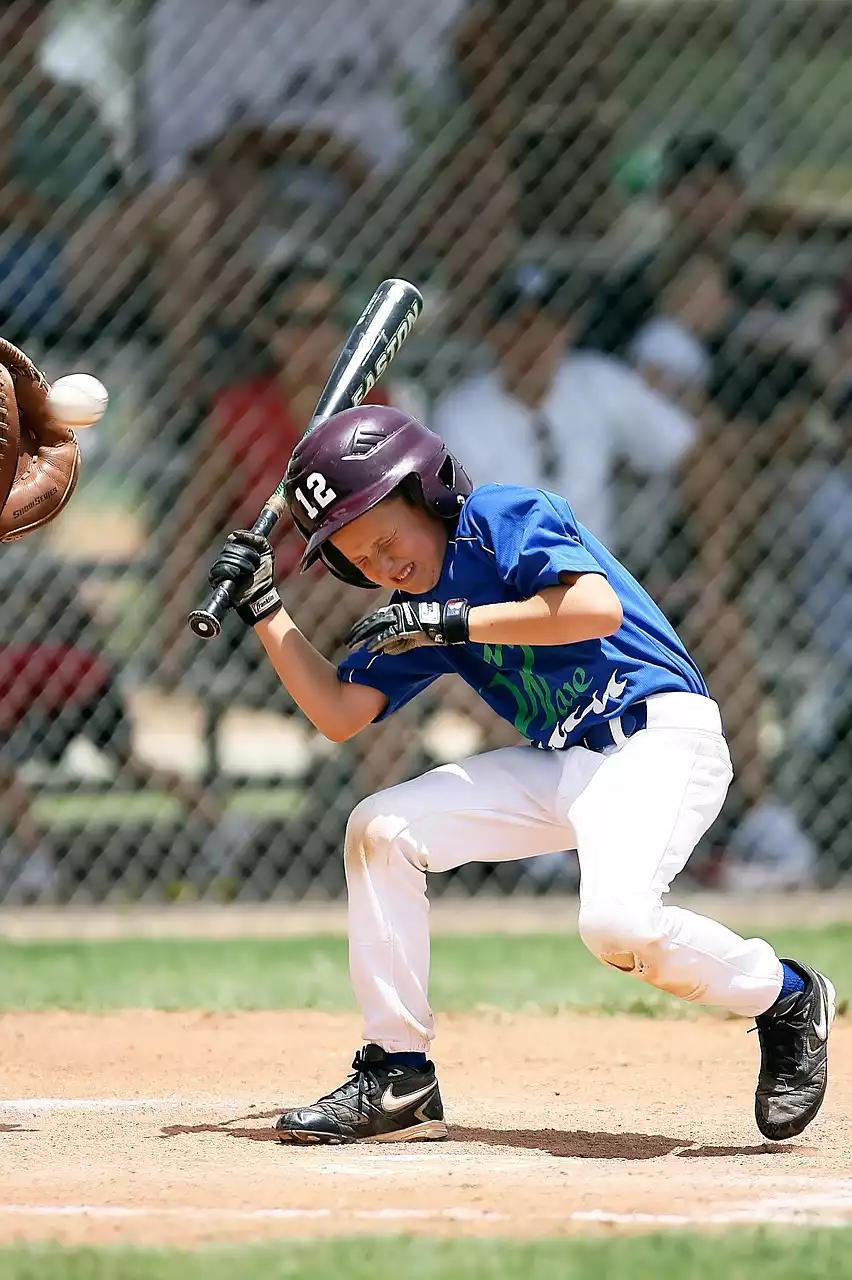Overview of Collegiate Baseball Leagues
Collegiate baseball leagues are organized and regulated by the National Collegiate Athletic Association (NCAA). The NCAA is the main governing body of college sports and regulates collegiate baseball leagues around the country. The NCAA oversees the rules and regulations of collegiate baseball leagues and ensures that teams are playing within the guidelines set forth. There are a number of different collegiate baseball leagues that are recognized by the NCAA. These include the Division I, II, and III leagues, as well as the National Association of Intercollegiate Athletics (NAIA) and the National Junior College Athletic Association (NJCAA).
Each of these collegiate baseball leagues has its own unique set of rules and regulations. Division I leagues are the highest level of collegiate baseball, with the most competitive teams. Division II and III leagues are slightly lower in terms of competitiveness, while the NAIA and NJCAA leagues are the lowest level. These levels are based on the talent of the teams and the amount of money they have to spend on players.
Collegiate baseball leagues are also divided into different conferences. Each conference has its own set of rules and regulations, as well as its own championship tournaments. The conferences are divided into different geographical regions, so teams will play against each other within their own region. This ensures that teams are playing against other teams of similar skill levels.
Types of Collegiate Baseball Leagues
The NCAA recognizes three different types of collegiate baseball leagues: Division I, II, and III. Division I leagues are the most competitive, with teams from all around the country competing for the championship. Division II and III leagues are slightly less competitive, but still feature some of the best teams in the country.
The NAIA is the next level down in terms of competition. This level is made up of smaller schools, many of which are located in rural areas. The NAIA is a great place for players to develop their skills while still playing against teams with a similar level of competition.
The NJCAA is the lowest level of collegiate baseball. This is a good option for players who are looking to play at the collegiate level without having to commit to a four-year school. The NJCAA is made up of two-year schools and junior colleges and offers an opportunity for players to gain valuable experience and hone their skills before heading off to a four-year school.
Benefits of Playing in a Collegiate Baseball League
Playing in a collegiate baseball league has a number of benefits. The most obvious benefit is the opportunity to play college-level baseball. Collegiate baseball leagues offer players a chance to experience the excitement of college-level competition. Players can also gain experience and hone their skills before heading off to a four-year school.
Another benefit of collegiate baseball is the chance to be seen by college scouts. Many college coaches and recruiters attend collegiate baseball games in order to find talented players. Playing in a collegiate baseball league gives players a chance to showcase their skills and potentially get noticed by college recruiters.
Finally, collegiate baseball leagues offer players the chance to meet and network with other players. Many collegiate baseball leagues have alumni and advisors who can provide valuable advice and guidance to players. This can be a great way for players to learn more about the game, develop their skills, and make connections that could help them in the future.
How to Join a Collegiate Baseball Team
The first step in joining a collegiate baseball team is to attend one of the team’s tryouts. These tryouts are typically held in the fall and are a great way for players to show off their skills and make an impression on the coaches. If a player is successful at tryouts, they will be asked to join the team.
Another way to join a collegiate baseball team is through a recruiting process. Many teams have recruiters who travel to high schools and watch potential players. If a player catches the eye of a recruiter, they may be asked to join the team.
Finally, players can also join collegiate baseball teams through walk-ons. Walk-on players are players who have not been recruited or invited to try out for the team. These players must prove themselves in order to make the team.
Different Rules and Regulations of Collegiate Baseball Leagues
Each collegiate baseball league has its own set of rules and regulations. The most important of these is the number of players allowed on a team. Division I teams are allowed to have 25 players, while Division II teams can have 28 players and Division III teams can have 33 players.
In addition, there are limits on the amount of time a player can spend on the field. Division I teams are allowed to use a pitcher for no more than 10 innings in a single game, while Division II and III teams can use a pitcher for up to seven innings. There are also limits on the number of pitches a pitcher can throw in a single game.
Finally, there are limits on the amount of money teams can spend on players. Division I teams are allowed to spend up to $4.5 million on players, while Division II and III teams are limited to $1 million.
Tips for Success in Collegiate Baseball Leagues
Playing in a collegiate baseball league can be a great experience, but it can also be a challenge. Here are some tips to help players succeed in collegiate baseball leagues.
The first tip is to stay focused. Collegiate baseball leagues are competitive and require players to be at their best. Players should make sure to stay focused on the game and keep their minds on the task at hand.
Another tip is to keep up with training and development. Collegiate baseball leagues are competitive and require players to stay in shape and hone their skills. Players should make sure to put in the extra work to stay ahead of the competition.
Finally, players should make sure to network and build relationships. Collegiate baseball leagues are a great place to meet other players and build relationships with coaches and recruiters. Players should take advantage of these opportunities and make sure to stay connected with the people they meet.
Training and Development for Collegiate Baseball Players
In order to succeed in a collegiate baseball league, players need to make sure they are in top physical condition. This means making sure to maintain a healthy diet, getting regular exercise, and staying in shape. Players should also make sure to work on their skills and practice regularly.
In addition to physical conditioning, players should also make sure to work on their mental game. This means developing strategies, learning from mistakes, and staying focused on the task at hand. Players should also make sure to seek out advice from coaches and mentors.
Finally, players should make sure to take advantage of any training opportunities that are available. Many collegiate baseball leagues offer training camps and other programs designed to help players hone their skills and improve their game.










.png?size=50)